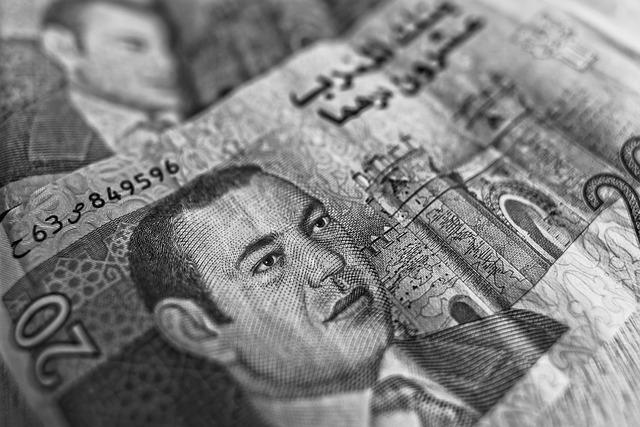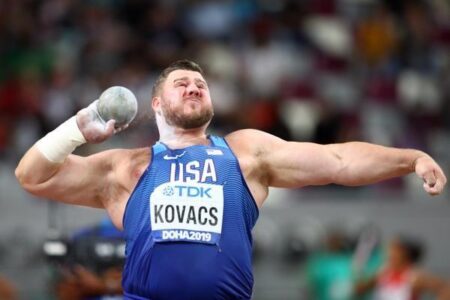The 20 Kilometres Race Walk stands as one of athletics’ most demanding endurance events, combining speed, technique, and unwavering discipline. As featured on worldathletics.org, this Olympic race walk distance draws elite competitors from around the globe, each striving to master the fine line between rapid pace and strict form adherence. In this article, we explore the latest developments, record-breaking performances, and the athletes shaping the future of the 20 km race walk on the international stage.
Training Techniques That Propel Race Walkers to Victory
To excel in the 20-kilometres race walk, athletes engage in a rigorous blend of endurance and technique-specific workouts. Emphasis is placed on perfecting the distinctive gait, where the leading leg must remain straight from ground contact until it passes under the body. Training cycles often incorporate interval sessions that mimic race intensity, enhancing cardiovascular capacity without sacrificing form. Additionally, race walkers employ drills focusing on hip flexibility and core stability, critical to maintaining efficient movement and preventing disqualifications due to bent knees or loss of contact.
Coaches also prioritize recovery and injury prevention, integrating cross-training modalities such as swimming and cycling that reduce joint stress. Strength training sessions are carefully designed to reinforce muscle groups involved in propulsion and posture alignment. Below is a snapshot of a typical weekly regimen adopted by elite race walkers:
| Day | Main Focus | Typical Workout |
|---|---|---|
| Monday | Technique & Form | Video analysis + gait drills |
| Wednesday | Speed Intervals | 6 x 1km @ race pace |
| Friday | Endurance | 15km steady walk |
| Saturday | Strength & Flexibility | Core workouts + yoga |
Analyzing Top Athletes Performance Trends in the 20 Kilometres Event
In recent years, the 20 kilometres race walk has witnessed remarkable shifts in performance patterns among elite athletes. Data analysis reveals a trend toward faster average times, highlighting advances in training methodologies and biomechanical efficiency. A significant factor contributing to this evolution is the integration of technology-driven performance monitoring, which allows athletes to refine their technique and endurance strategically. Notable competitors consistently demonstrate improvements not only in speed but also in stamina, underscoring the importance of holistic conditioning regimes.
Breaking down performance metrics from the past five World Championships and Olympic Games shows the following dominant features:
- Increased pace consistency over the entire race distance
- Reduced penalty occurrences due to stricter form adherence
- Peak performance ages clustering around late 20s to early 30s
| Year | Winning Time | Average Top 10 Time | Number of Penalties |
|---|---|---|---|
| 2015 | 1:19:14 | 1:20:45 | 3 |
| 2017 | 1:18:53 | 1:20:10 | 2 |
| 2019 | 1:17:45 | 1:19:25 | 1 |
| 2021 | 1:17:25 | 1:18:50 | 2 |
| 2023 | 1:16:55 | 1:18:05 | 1 |
Expert Advice on Nutrition and Recovery for Competitive Race Walking
Maintaining optimal nutrition is paramount in enhancing performance and speeding recovery for athletes competing in the 20 kilometres race walk. Carbohydrates serve as the primary fuel source during intense training and competition, while lean proteins aid in muscle repair and growth. Experts recommend a well-balanced diet rich in whole grains, fruits, vegetables, and healthy fats to sustain energy levels and support immune function. Hydration also plays a crucial role; electrolyte-rich fluids help prevent cramps and maintain endurance over long distances.
Recovery strategies should be integrated immediately post-race and training to maximize adaptation and reduce injury risks. Key practices include:
- Active Recovery: Low-intensity movements such as walking or swimming improve circulation and accelerate muscle repair.
- Restorative Sleep: Prioritizing 7-9 hours enhances hormonal balance and cognitive focus necessary for peak performance.
- Targeted Stretching and Foam Rolling: These techniques alleviate muscle stiffness and improve flexibility critical for race walking technique.
| Nutrition Element | Recommended Intake | Benefit |
|---|---|---|
| Carbohydrates | 6-10 g/kg body weight/day | Energy for endurance |
| Protein | 1.2-1.7 g/kg body weight/day | Muscle repair & recovery |
| Fluids | 2-3 L/day (increasing with sweat loss) | Hydration & electrolyte balance |
Key Takeaways
As the 20 kilometres race walk continues to captivate audiences worldwide, athletes push the boundaries of endurance and technique on the global stage. With worldathletics.org providing comprehensive coverage and updates, fans and competitors alike stay connected to the latest results, records, and developments in this demanding discipline. As the sport evolves, one thing remains certain: the 20 km race walk will persist as a compelling test of speed, strategy, and stamina in athletics.





